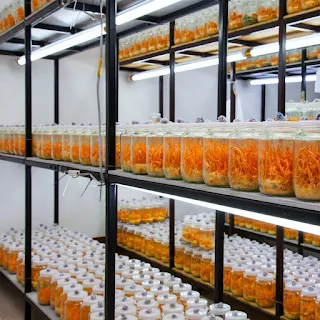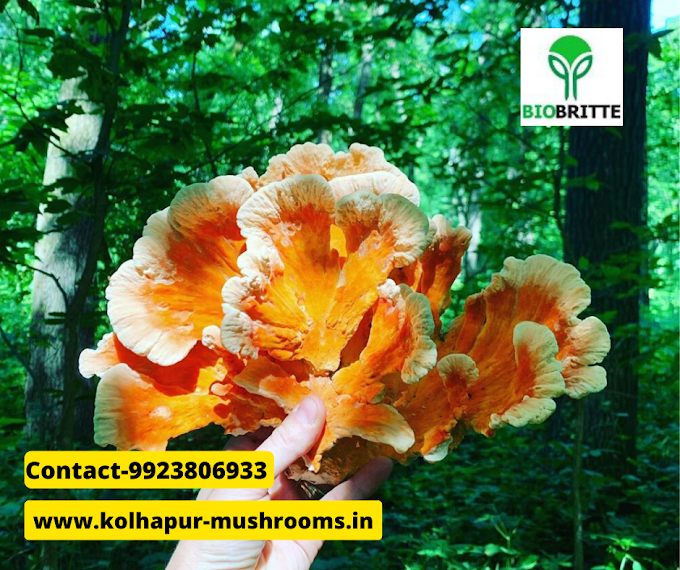Cordyceps mushroom laboratory in Nashik.
Lab-derived Cordyceps is often grown on sawdust, wood chips, compost, or straw.
These might be tainted with pesticides that could accumulate in the final product, and separating such bedding materials from the fungus is difficult.
The Biobritte mushroom lab has all cordyceps mushroom and other mushroom-related research and experiments.
The Biobritte mushroom company has top mushroom experts in their mushroom laboratory.
Mushroom consultants in India.
You can buy all types of mushroom products from the Biobritte cart.
Top mushroom company.
For more info - https://biobritteagrosolutionspvtltd.in/shop.
Contact on a phone or WhatsApp 9923806933 or 7709709816.
Tags - cordyceps militaris lab setup cost,cordyceps militaris lab equipment,cordyceps militaris business plan pdf,cordyceps militaris price per kg in india,where to sell cordyceps militaris in india,cordyceps militaris cultivation training,cordyceps sinensis cultivation in india,






